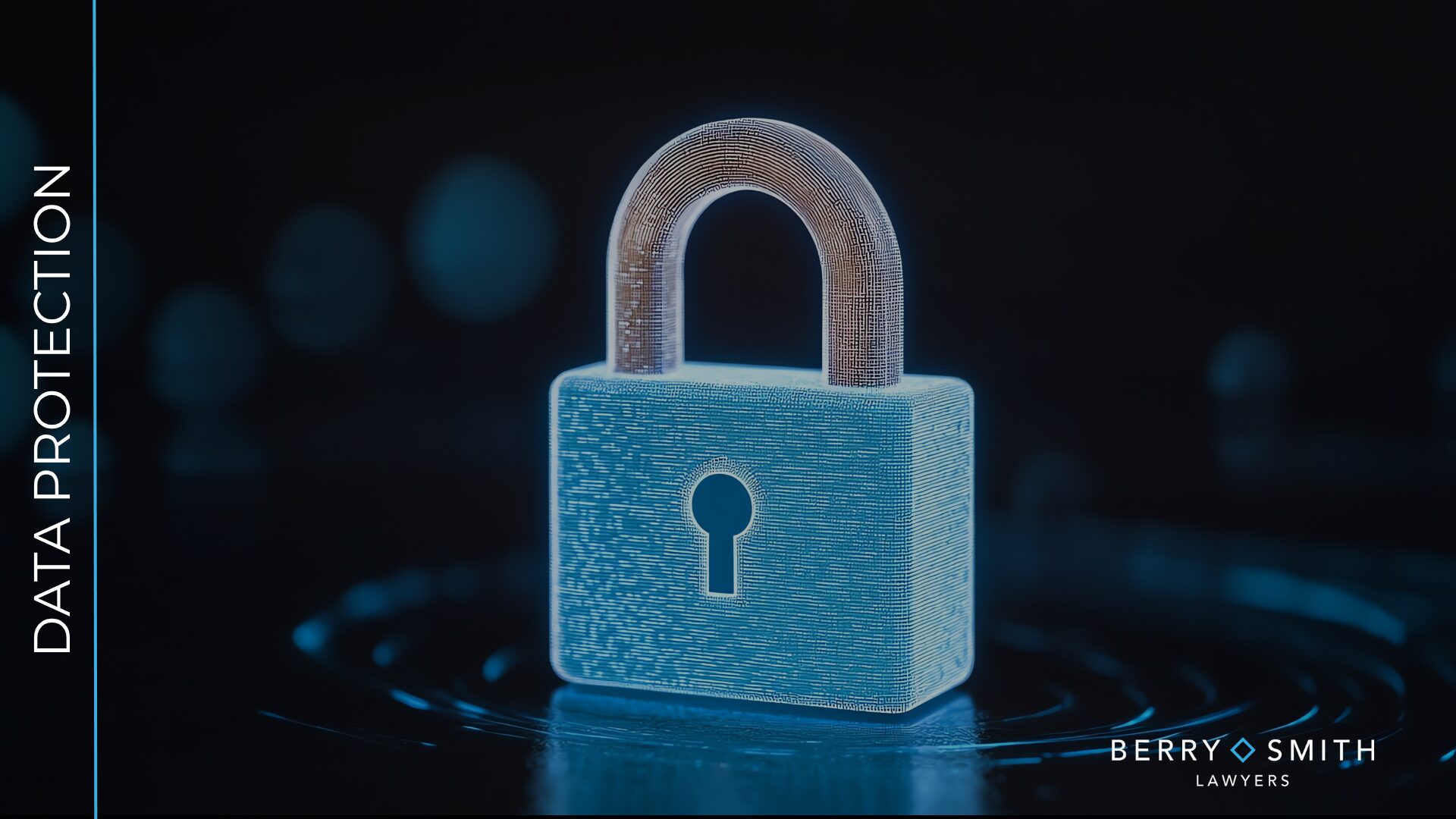Personal data has become a most critical asset in any merger or acquisition. For businesses data drives customer engagement, operational performance, and revenue growth. Yet, under Data Protection laws, acquiring a company without thoroughly reviewing its privacy compliance can lead to significant exposure—regulatory investigations, reputational damage, and fines of up to £17.5 million or 4% of global turnover.
This article explores practical steps for spotting and managing data protection risks during due diligence, ensuring that acquisitions are not only commercially sound but also compliant and secure.
Why Data Protection Matters in M&A
Modern companies rely heavily on personal data to drive growth, personalize services, and optimize operations. But with this reliance comes exposure. Legislation such as the UK GDPR, and Data Protection Act impose strict obligations on organisations that collect and process personal data. Non-compliance can follow the target into the deal, and liability may transfer to the buyer.
Data protection due diligence aims to uncover:
· Hidden compliance gaps
· Past or ongoing security incidents
· Weak internal controls
· Inadequate data governance practices
· Misaligned data strategies
Each of these can materially affect both valuation and deal structure.
Key Risks to Identify
1. Regulatory Compliance
o Does the target comply with UK data protection principles including but not limited to lawfulness, transparency and adequate security measures?
o Are there records of processing activities, DPIAs, and a designated Data Protection Officer where required?
2. Data Breach History
o Has the target experienced breaches? Were notifications made to the ICO and affected individuals?
o Any ongoing vulnerabilities or unresolved incidents?
3. International Transfers
o Are appropriate safeguards in place for cross-border data flows?
o Has the target assessed foreign government access risks?
4. Third-Party Risks
o Review vendor contracts for data processing clauses. Are they being complied with?
o Check for sub-processor compliance and audit rights.
5. Data Sharing & Governance
o Understand how data was originally collected and whether lawful bases remain valid post-acquisition.
o Confirm mechanisms for informing data subjects about changes in data controllers
Practical Steps for Buyers
· Data Mapping: Identify what personal data the target holds, where it resides, and how it flows internally and externally. Consider whether it needs to hold all the personal data within its records.
· Compliance Audit: Request policies, training records, breach logs, and ICO correspondence.
· Contractual Protections: Include warranties and indemnities covering compliance and undisclosed breaches.
· Anonymisation in Disclosure: Ensure personal data shared during due diligence is anonymised or redacted where possible.
· Security Controls: Evaluate encryption, pseudonymisation, and incident response plans to mitigate integration risks. Does that target maintain adequate security measures?
Berry Smith Bottom Line
Data protection due diligence is not optional—it is a strategic necessity. Identifying and mitigating privacy risks before completion can safeguard deal value, prevent regulatory exposure, and ensure smooth integration. In an era of increasing cyber threats and evolving digital laws, robust due diligence is the cornerstone of a successful acquisition.
If you are looking for data protection guidance and advice, whether as part of an ongoing merger or acquisition or if you simple have questions or queries around your ongoing use of personal data, get in touch with us today on 02920 345511 or at commercial@berrysmith.com.
